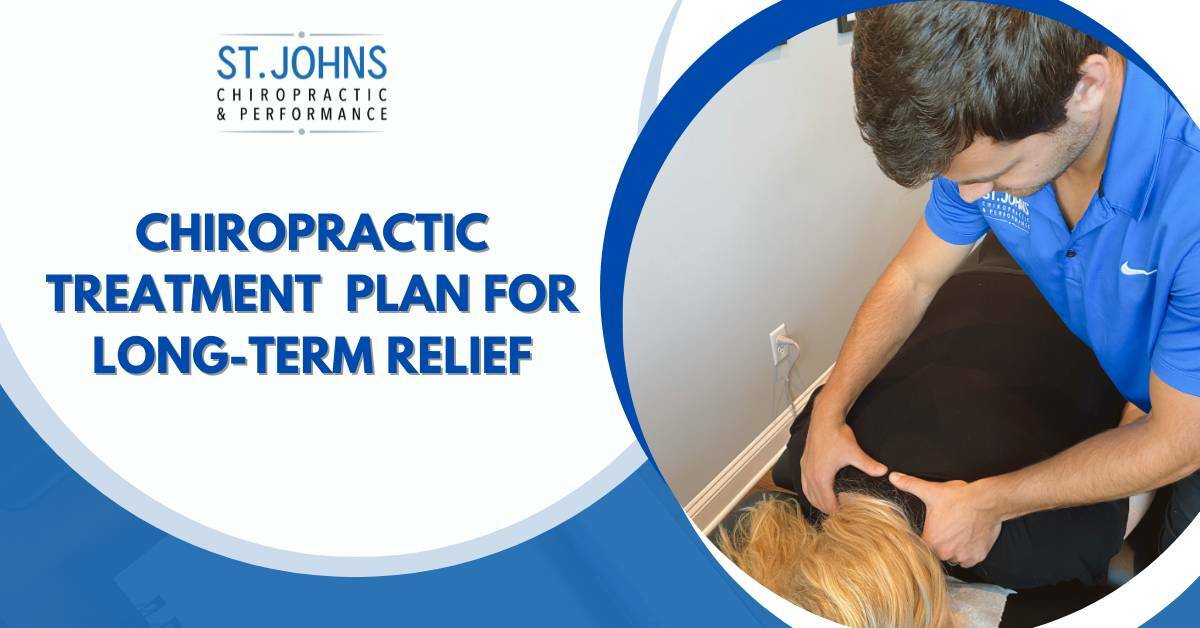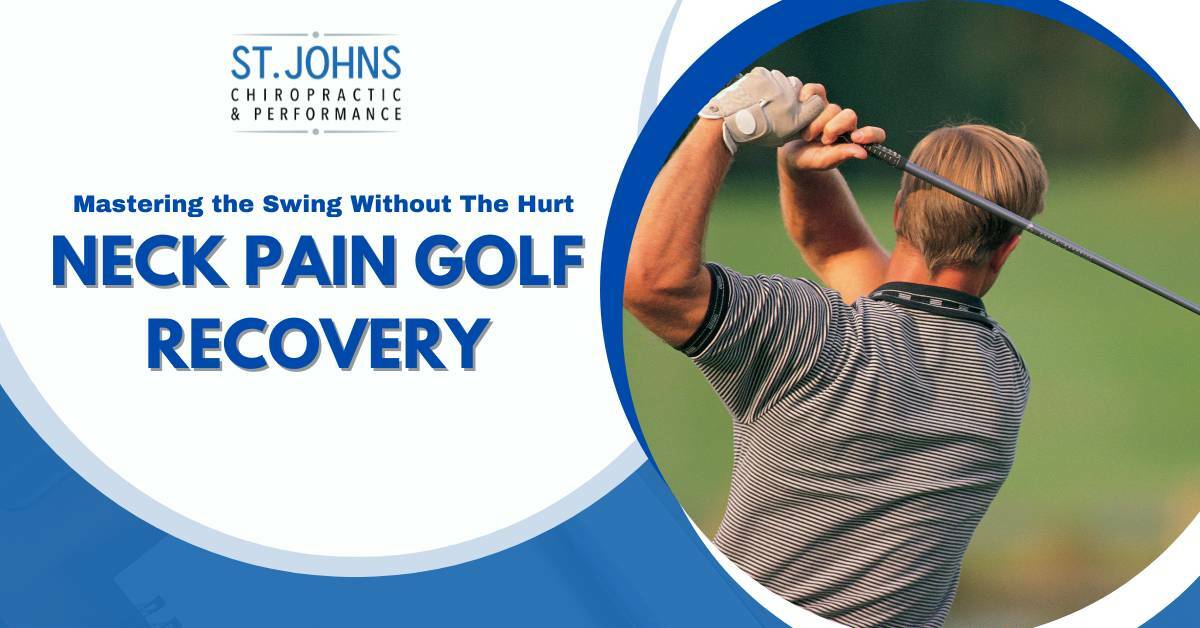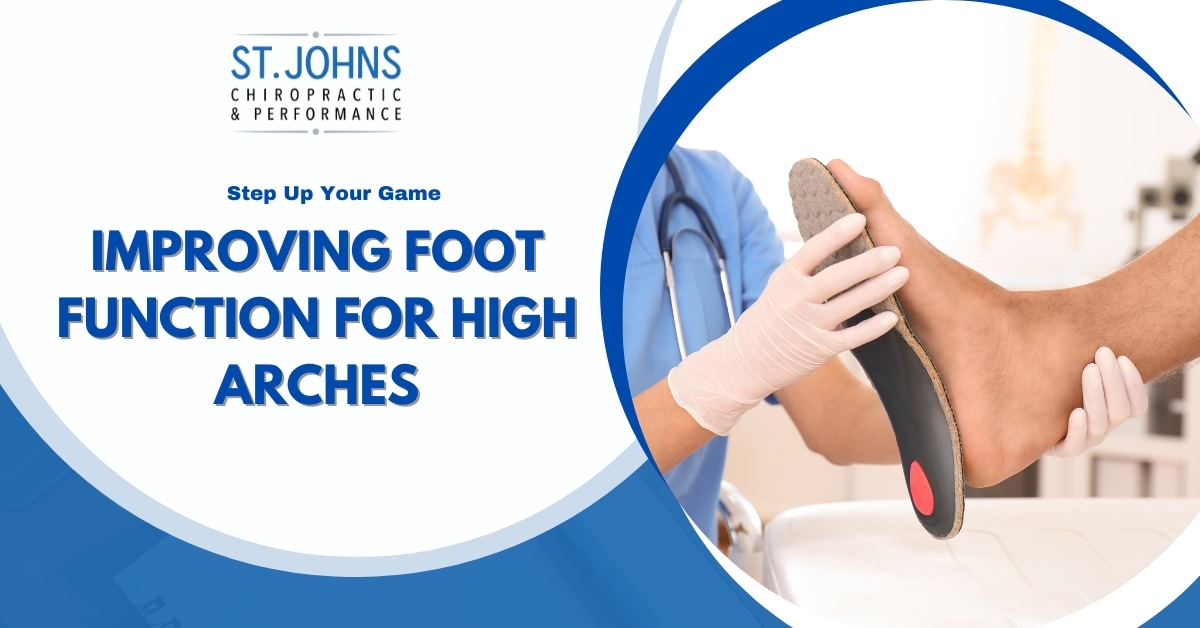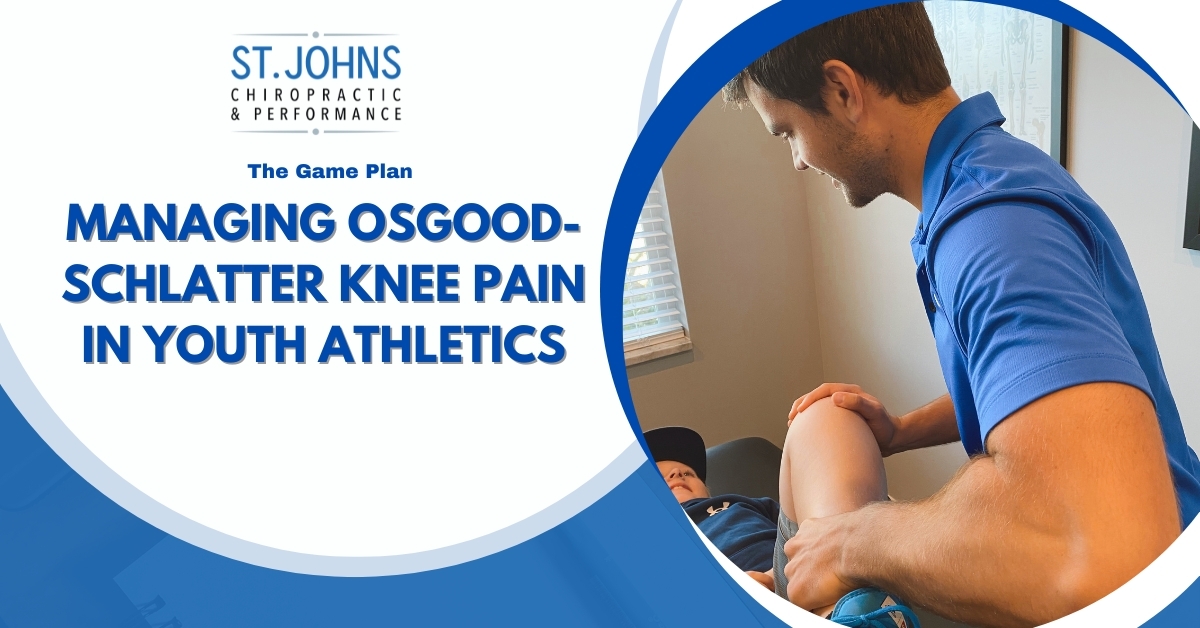Concussion awareness has heavily increased over the past decade mostly due to information spreading through social media and increased funding for research on the topic. In 2012, there were between 1.6 and 3.8 million concussions from sports activities reported. This number is likely an underestimate as many concussions are not recognized (1).
In high school sports, football is responsible for the majority of concussions and the most among males. Soccer makes up 9% of concussions and the most among females (1).
Concussions occur due to abrupt movement or ceasing of movement of the brain within the skull that may or may not have been due to direct head trauma. Following the injury, our brain cells produce less energy and produce more toxic particles. This can create symptoms and result in temporary neurological impairments that typically resolve with 7-10 days or less (1).
The symptoms can include confusion, inability to concentrate, headache, dizziness, nausea, irritability, sensitivity to sound, sleep disturbances, and other neurologic signs and symptoms. Many think that you must get “knocked out” to have a concussion, but only 10% of sports concussions or less involve the athlete losing consciousness (1).
All concussions are different, and each athlete will respond differently to a head injury based on many factors. This makes predicting return-to-play timelines very challenging.
What Do You Do Following a Concussion?
As mentioned earlier, prolonged rest does your body no favors when recovering from a concussion (3). So does this mean that your athlete should start going back to school immediately and continue playing in sports?
Not at all! But introducing them to a light aerobic exercise routine that does not make their symptoms worse, can help them return to their sport quickly and safely.
One study showed that those who started light exercise the next day after injury, returned to their sport and their school or job quicker than those who waited longer. And “for each successive day in delay to initiation of aerobic exercise, individuals had a less favorable recovery trajectory.” (5)
This last quote simply means that those who delayed exercise for a couple days returned to sport quicker than those who waited a week. And those who rested for a week before exercising returned to sport quicker than those who waited 2 weeks.
It is important to note that this study is not recommending strenuous exercise that makes concussion symptoms worse, it simply shows that light exercise done soon after the injury is associated with faster recovery.
For your athlete to have optimal recovery from their sports concussion, make sure they rest the day of injury, eat an anti-inflammatory diet, receive treatment to their neck and back, and start a light exercise routine (consisting of walking, biking, or jogging) the day after their injury at a level that does not make their symptoms worse!




